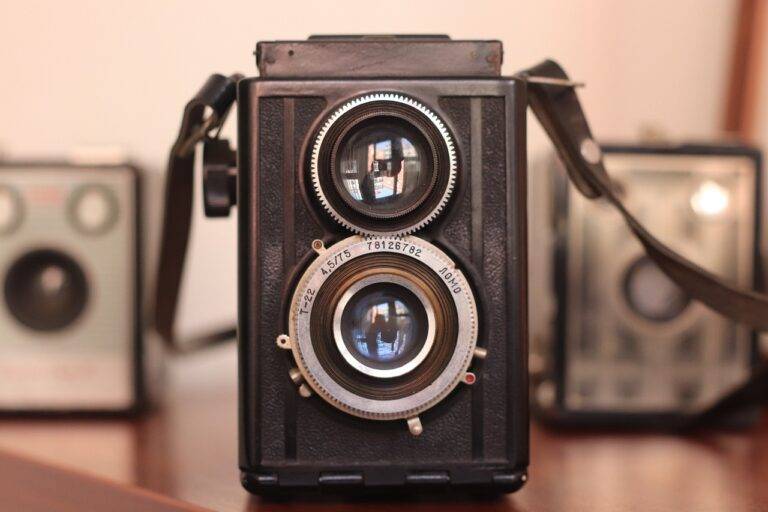Tech Trends in User Experience Design
As technology continues to evolve at a rapid pace, the field of user experience (UX) design is also experiencing significant transformations. With the emergence of groundbreaking technologies, designers are constantly faced with the challenge of adapting to new tools and techniques to create more intuitive and seamless user interfaces. From artificial intelligence and machine learning to virtual and augmented reality, these innovations are revolutionizing the way users interact with digital products.
One of the key trends shaping the future of UX design is the integration of voice user interfaces (VUIs). With the rise of smart assistants like Amazon’s Alexa and Apple’s Siri, users are increasingly relying on voice commands to navigate and control devices. This shift towards hands-free interaction presents new opportunities for designers to create more conversational and personalized user experiences. By leveraging natural language processing and voice recognition technologies, designers can create interfaces that are not only easier to use but also more engaging and interactive for users.
Voice User Interface Advancements
Voice user interface (VUI) advancements have revolutionized the way users interact with technology. From smart speakers to virtual assistants on our smartphones, VUI has become increasingly prevalent in our daily lives. The use of natural language processing and artificial intelligence allows for more seamless and intuitive communication between users and devices.
One key advancement in VUI is the emphasis on personalized responses and tailored user experiences. By leveraging data and machine learning algorithms, VUI systems can better understand individual preferences and behaviors, providing more relevant and personalized interactions. This not only enhances user satisfaction but also fosters greater engagement and loyalty towards the technology.
Augmented Reality Enhancements in UX
Augmented Reality (AR) has revolutionized the field of User Experience (UX) design by offering innovative ways to engage users. With AR technology, designers can create immersive experiences that blend digital elements into the physical environment, providing users with interactive and personalized interactions. By overlaying digital information onto the real world, AR enhances the user’s perception and interaction with the digital content, resulting in more engaging and interactive experiences.
One key advantage of AR in UX design is its ability to provide users with real-time information and feedback. By utilizing AR technology, designers can deliver contextual information directly in the user’s field of vision, enhancing the overall user experience. This real-time feedback enables users to make informed decisions and interact with digital content in a more intuitive and natural way. Furthermore, AR allows for hands-free interaction, freeing users from traditional input methods and enabling them to engage with content in a more seamless and interactive manner.





